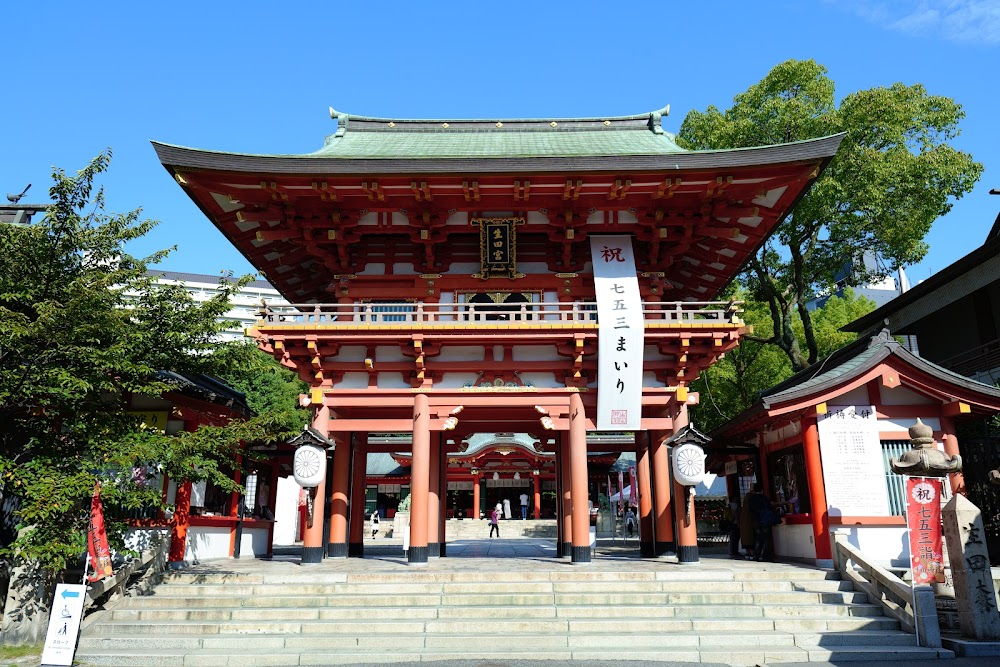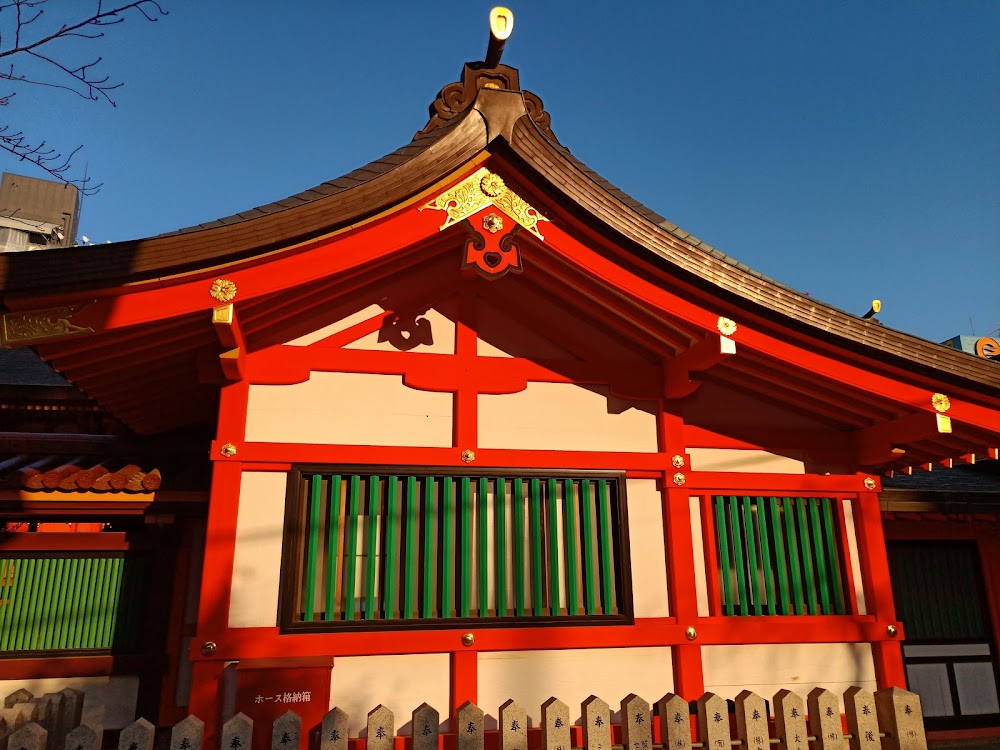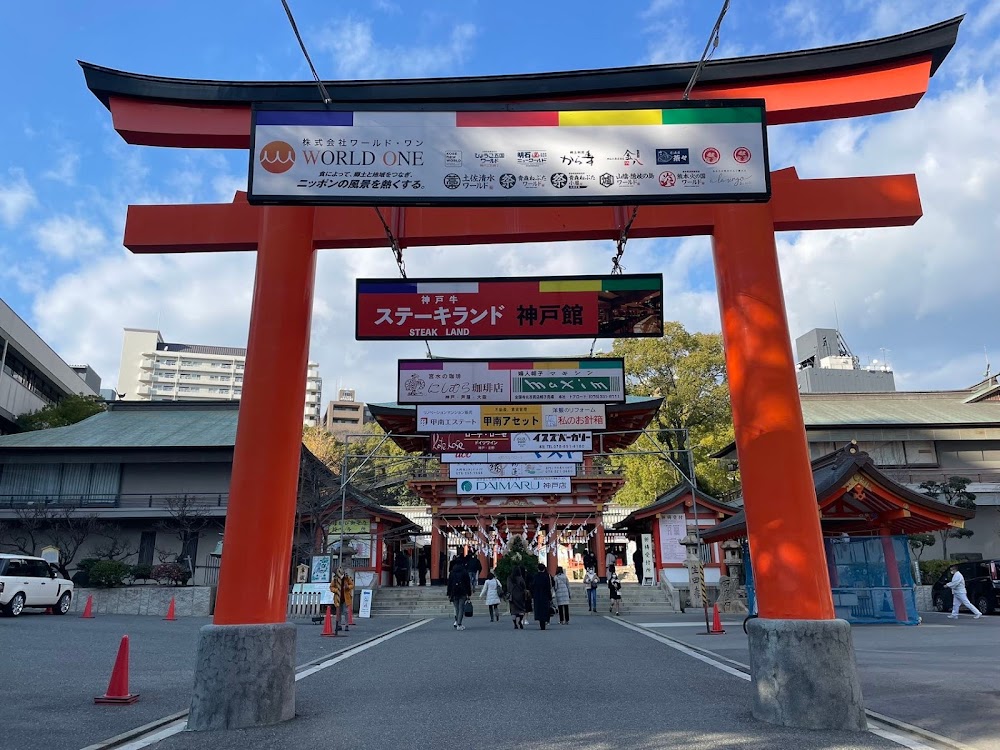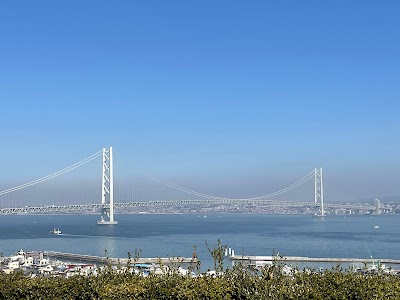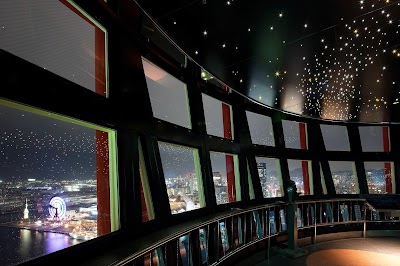Ikuta Shrine (生田神社)
Overview
Ikuta Jinja: A Glimpse into Japan's Ancient Spirituality
Ikuta Jinja, also known as Ikuta Shrine, is a historic Shinto shrine nestled in the vibrant city of Kobe, Hyōgo Prefecture, Japan. With a history that spans nearly two millennia, it stands as one of the oldest shrines in the country, offering visitors a unique perspective on Japan's spiritual and cultural heritage.
Mythological Origins
The origins of Ikuta Jinja are steeped in Japanese mythology. According to tradition, Empress Jingū founded the shrine around the 3rd century AD, dedicating it to Wakahirume-no-Mikoto, the goddess of weaving and the sun’s younger sister. This sacred space was not only a place of worship for the deities but also a vital anchor for the local community, fostering a sense of belonging among its people.
A Testament to Resilience
One of the most fascinating aspects of Ikuta Jinja is its remarkable survival through numerous natural disasters and wars. During the Genpei War in the late 12th century, the grounds became the site of the historic Battle of Ichi-no-Tani. Despite the turmoil, the shrine remained intact, symbolizing resilience and hope for the community.
Cultural Hub
Over the centuries, Ikuta Jinja has served not only as a spiritual haven but also as a vibrant center for cultural activities. Local festivals, traditional rituals, and ceremonies have long been celebrated here, enhancing community spirit and preserving Japan's rich cultural heritage.
Architectural Beauty
The shrine complex features several structures, each showcasing unique designs and purposes. The main hall, where the deity is enshrined, exemplifies classic Shinto architecture with its simple yet refined elegance. Its wooden construction and gracefully curved roofline highlight ancient building techniques that continue to inspire awe.
Another significant structure is the "Haiden," or worship hall, where visitors can pray and offer their respects. The serene atmosphere of the Haiden offers worshippers a space for reflection and blessings. Surrounding these halls are beautifully maintained gardens and sacred trees, enhancing the shrine's tranquil ambiance.
Restoration and Community Spirit
Ikuta Jinja has undergone numerous renovations and reconstructions, particularly following the devastating Great Hanshin Earthquake in 1995. The local community, deeply connected to the shrine, played a crucial role in its restoration. Skilled craftsmen employed traditional methods to restore the buildings while incorporating modern safety standards, ensuring the shrine's legacy endures.
A Year-Round Destination
A visit to Ikuta Jinja provides a captivating blend of history, spirituality, and natural beauty. The shrine draws thousands of visitors during the New Year and various festivals, as people come to pray for good fortune and health. Weddings and other significant life events are also commonly celebrated here, underscoring the shrine's integral role in the lives of locals.
The grounds of Ikuta Jinja are open to the public year-round, offering visitors the opportunity to engage in activities such as fortune-telling and making wishes on Ema (wooden plaques). The serene atmosphere and historical significance make Ikuta Jinja a must-visit destination for anyone wishing to connect with Japan's rich cultural tapestry.
A Symbol of Belief and Community
Ikuta Jinja stands as a testament to ancient Japanese culture, embodying resilience, community spirit, and the enduring power of belief. Whether you are a history enthusiast, a spiritual seeker, or a casual visitor, the shrine offers a glimpse into Japan's soul, having gracefully weathered the passage of time.



